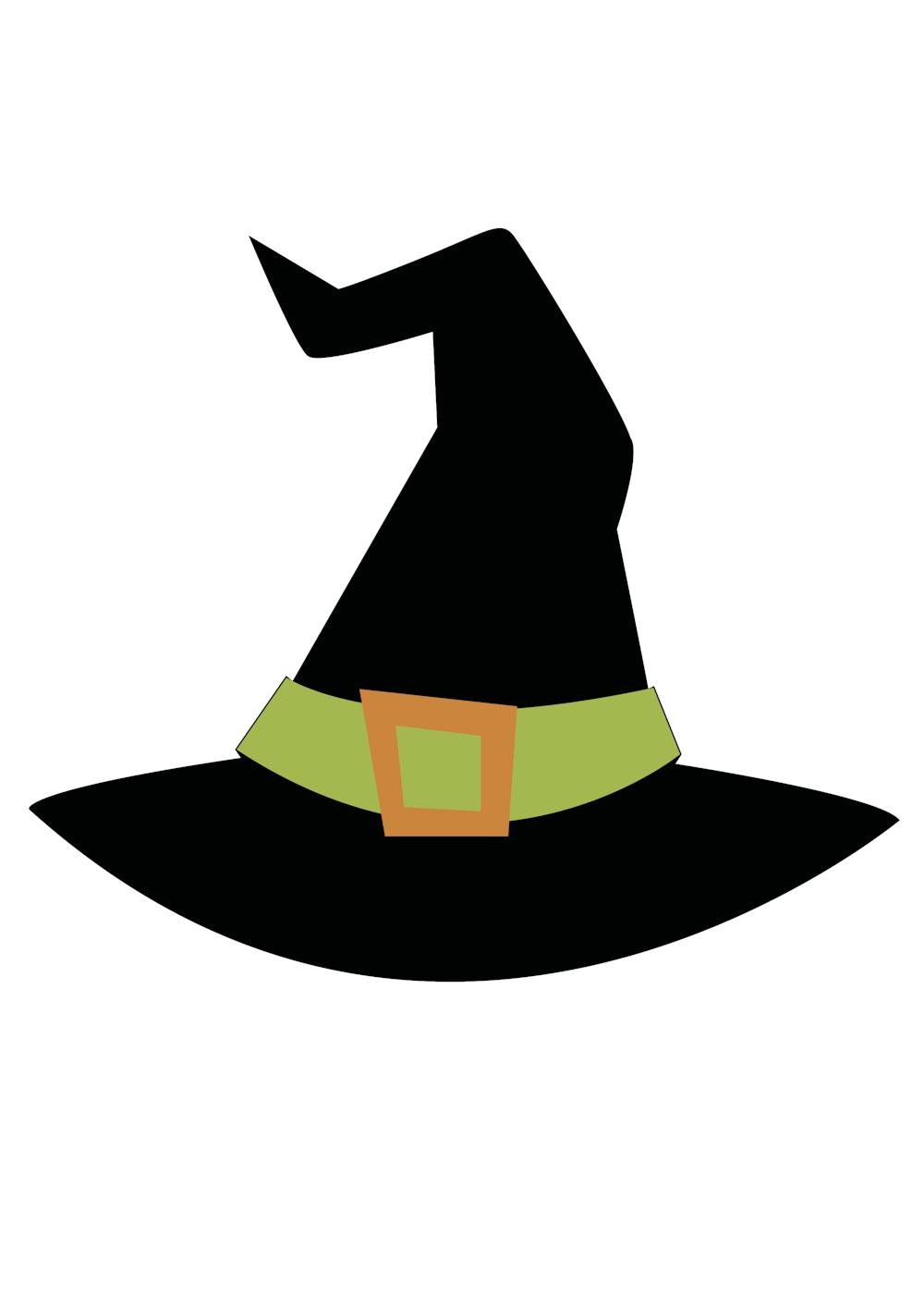Welcome to chapter four of the book column. Semester after semester students find themselves spending hours writing for classes, whether extensive essays, short stories or poetry, just to be graded and then tucked away.
Many students complain they will never use what they learn in class or what they create, but students shouldn't be so quick to toss away those papers they shed blood, sweat and tears trying to make just right.
Students should take a gamble with their writing and enter it in a writing contest.
While essays and papers written for class are great starting points, if you're a student who doesn't have a piece you've already created, don't let that keep you from picking up the pen and entering a contest.
Especially for those who like to fill their free time reading books, I suggest taking on writing as a hobby this fall and attempting to make your writing heard on the next level.
Many different organizations open their drop boxes in the fall for short story, poetry or nonfiction submissions. Participating in these contests can be a fun way for students to see where they are in their writing skills.
If you're having difficulty jumping into creative writing, many writers have published books about the writing process to help the rest of us along.
One such book to turn to when starting the writing journey is "Upstairs at the Strand" by Jessica Strand and Andrea Aguilar.
This work is a transcript of interviews with authors. During the interviews, they talk about everything from their writing process to the publishing process. Some of it can be very relatable when dealing with writer’s block or using events from your own life.
"The Lonely Voice" by Frank O'Connor focuses more on literary criticism than writing. However, potential writers can still learn quite a bit about their art through O’Connor’s analysis and critique of famous authors. O’Connor focuses on the short story instead of novels. He spends the book arguing the short story is an art form that is up and coming. Novels better look out.
With these books under your belt, the task of finding those literary magazines or online projects to send your work to can seem daunting. There are many questions like, who is credible? Will I win prize money? Do I have the rights to my writing after it’s published?
In my experience I have come across a few different yet credible writing contests and submissions that are reliable and fun.
The first of these is right here in Bloomington. A branch of the Union Board is Canvas Creative Arts Magazine. This annual publication accepts both written work and artwork from IU students.
Canvas has been publishing since 1997. Today, it is an 80-100 page magazine filled with student content.
They accept submissions for fall and spring semesters, and the time to submit for fall 2017 starts soon.
Students continue to own the content published in Canvas but aren't offered prize money for their submissions.
Another publication that is always accepting submissions is the New York Times. It may seem intense to take on such a major publication but practice makes perfect. There is no limit to the amount of times you can send writing, fiction, nonfiction or poetry into the New York Times.
Best of all, the New York Times does not charge a reading fee. Some publications will ask for upwards of twenty dollars to review a submission. Their application process is quick and easy. Keep an eye out for submissions that require a cover letter.
The New York Times does not offer prize money for their chosen submissions, but the writer does own the published content.
Another great writing competition is NaNoWriMo. NaNoWriMo stands for National Novel Writing Month, and it's held annually in November. Participants in the competition write stories with the aim of hitting 50,000 words.
It may seem like a lofty goal, but many popular novels surpass this word count.
When the goal is achieved, at the end of November, NaNoWriMo offers many opportunities to get in touch with self publishing companies or literary magazines.
Throughout the month, NaNoWriMo even offers events in metropolitan areas, so you can meet fellow writers going through the process.
Writing for NaNoWriMo may seem daunting, but the pay off is huge. Being able to write an entire novel takes your writing to the next level.
Keeping up hobbies and activities outside of class can keep students sane. Writing stories and poetry is a great outlet and hobby, but don’t keep your stories locked up in a journal or gradebook. Make steps to share them with the world.
Between reading books on writing techniques and submitting your writing to publications, students can adventure beyond the typical hobbies of college life.






